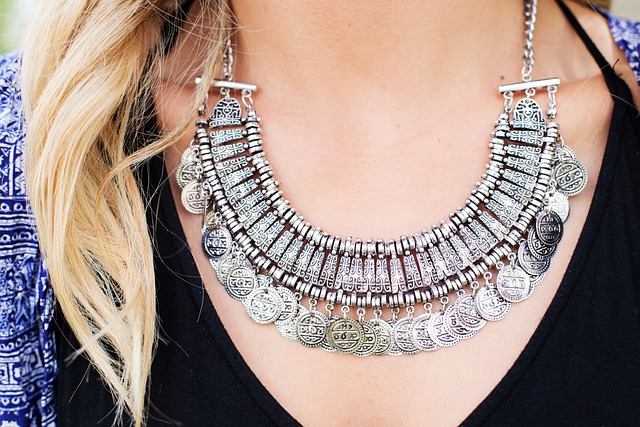
Overview of the Chapter
The chapter The Necklace is a short story written by Guy de Maupassant, included in the CBSE Class 10 English textbook Footprints Without Feet. The story revolves around a woman named Mathilde Loisel, who dreams of a luxurious life but is trapped in her middle-class existence. A twist of fate leads her to borrow a diamond necklace, which she loses, plunging her into years of hardship to repay the debt.
The Necklace: A symbol of wealth and status in the story, which becomes the central cause of Mathilde's downfall.
Summary
Mathilde Loisel is a beautiful but discontented woman married to a clerk. She longs for a life of luxury and is unhappy with her modest lifestyle. When her husband secures an invitation to a high-society ball, she borrows a diamond necklace from her wealthy friend Madame Forestier to appear affluent. At the ball, Mathilde enjoys the attention but loses the necklace on her way home.
Instead of confessing the loss, the Loisels replace the necklace with a new one, incurring a massive debt. They spend the next ten years in poverty, working tirelessly to repay the loan. By the time the debt is cleared, Mathilde has aged prematurely. One day, she meets Madame Forestier, who reveals that the original necklace was a fake, worth very little.
Theme
The story explores themes of vanity, the consequences of pride, and the deceptive nature of appearances. Mathilde's obsession with wealth and status leads to her ruin, highlighting the irony of her suffering for a worthless imitation.
Characters
- Mathilde Loisel: The protagonist, a beautiful but unhappy woman who yearns for luxury.
- Monsieur Loisel: Mathilde's husband, a kind and hardworking clerk who tries to please her.
- Madame Forestier: Mathilde's wealthy friend who lends her the necklace.
Moral
The story teaches the lesson that greed and vanity can lead to unnecessary suffering. It also critiques the societal obsession with material wealth and the illusion of status.
